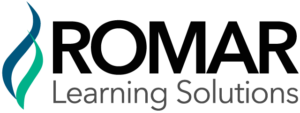
Completing one big annual performance review usually is a huge waste of time and money.
A manager typically creates goals with direct reports at the beginning of the year, may conduct a mid-year review, and then conducts a final review at the end of the year. Not much happens between these actions, and the manager scrambles to complete everything by the deadline at the end of the year. If the manager has more than 1 or 2 direct reports, it can be a huge undertaking with the manager’s other responsibilities halted while working frantically to complete the performance review.
A more effective, sane process is to eliminate annual performance reviews and implement a series of in-depth mini-performance discussions throughout the year — check-ins or touch points. This creates a real-time performance discussion process that allows the manager to provide effective guidance and coaching throughout the year.
Each of these check-ins must contain the following three elements:
- Review direct report’s performance against key goals, competencies, and important metrics – Unlike the annual performance review, this check-in is an update on the direct report’s performance since the last session.
- Implement coaching sessions – The manager and direct report review the development plan the employee has been working on since the last session. Most of the meeting should focus on this element.
- Create an action plan – The final element of this meeting should focus on identification of key action steps the direct report and manager are going to take to continue development and drive results.
The manager must implement a minimum of six check-ins per year and must complete documentation of the check-ins. This documentation is not the onerous performance level but rather 1 to 2 pages that outline what the manager and direct report discussed and what action they agreed to take. This approach, instead of having a lot of work at the beginning and end of the year, divides the task into smaller, briefer sessions that allow for immediate course corrections and require less work.
This idea is not new. Companies like GE, Deloitte, Adobe, and Goldman Sachs use this approach. They found that not only did this increase efficiency because of less down time due to all the work dedicated to the traditional performance review, but employees like this approach and find it creates better engagement.
What about compensation and promotion? They still occur annually, but instead of having one massive document to support the salary increase, bonus award, or promotion, the manager has several support documents that show true growth.




